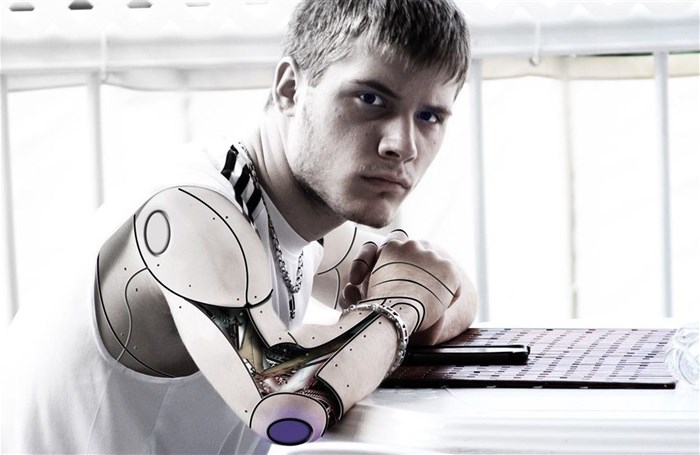Cutting through the AI hype

According to a report from PwC, AI could contribute up to $15.7 trillion to the global economy by 2030. The race is on and China has made its intentions clear after announcing its desire to be a world leader in AI by 2030. However, the USA is leading the way with tech goliaths such as Google, Amazon and Microsoft investing heavily in AI.
So, what is the AI reality that sits comfortably behind the hype? Well, it is here already, improving working processes, and it needs to be taken seriously in order for businesses to remain competitive.
The adoption of AI and the workforce
Looking across industries, AI adoption is mirroring the general move towards digital transformation. Sectors like healthcare have much to gain from AI investments, with tangible benefits such as accessible healthcare, thanks to doctors’ apps and increased speed and accuracy of diagnosis. The sectors that have already established themselves within the digital realm are best placed to exploit AI.
There is high adoption of AI in telecoms, automotive and financial services. Retail, consumer packaged goods and media are classed as medium adopters, according to a McKinsey report. Perhaps surprisingly, healthcare is in the lower ranks of AI adoption; this is an area ripe for innovation considering the potential human benefits. Meanwhile, one of the key characteristics noted of early AI adopters is the current focus on growth over savings.
What does this mean for the workforce specifically, and what challenges does this throw up for the C-suite looking to integrate AI capabilities without rocking the boat? The first concern to address is that AI will outsmart human capabilities and steal employees’ jobs. Google’s Alpha Go-playing AI beat the grand master in March 2016. And Cambridge Consultants’ ‘Vincent’ has learned to mimic and recreate the art masters’ paintings. But we must not forget that while mimicking and analysing patterns is exceptional, we are not so advanced that the human mind can be replicated and replaced.
The focus should be on the human benefits provided by AI in the work setting. It will ultimately impact organisations across the value chain from forecasting to optimised production, targeted marketing and enhanced user experiences. By saving time on more admin-heavy tasks, employees can embrace more creative and strategic tasks and, potentially, even enjoy shorter working days, while winning more manageable workloads. Businesses that communicate this well and implement a successful AI strategy will gain the competitive edge.
The real question has to be not ‘when will they figure this out so we can get on with our AI integration’, but ‘how can we prepare our workforce for a data-driven business strategy optimised with AI?’ As with most so-called technology revolutions, the impact is gradual. With the pace of change accelerating however, there is no time to rest on your laurels. Complacent businesses will be left behind. Cultural change is the first step in preparing the workforce for an AI-led future – so start now.













